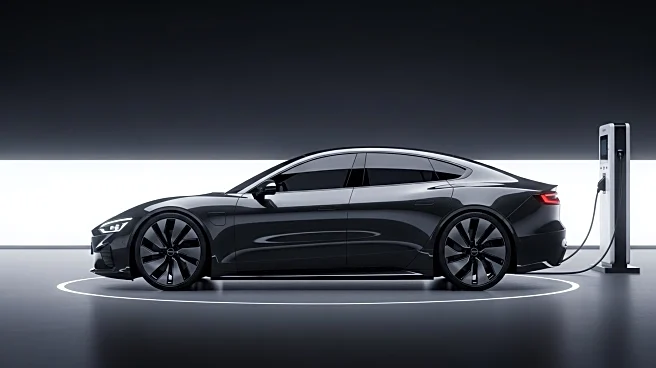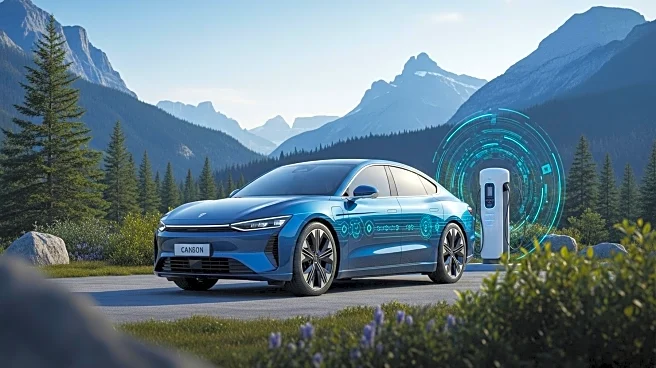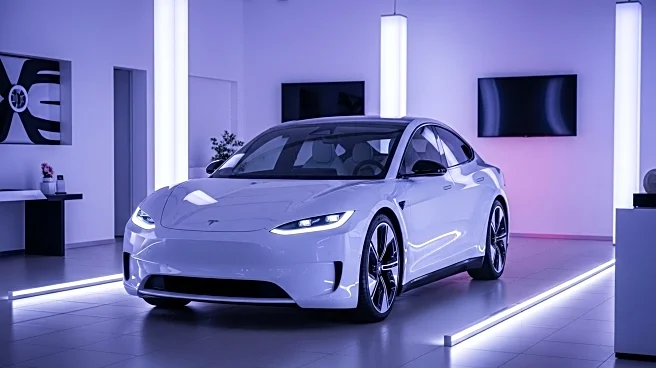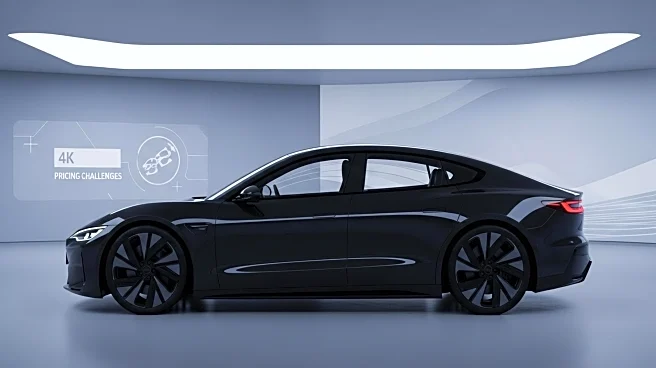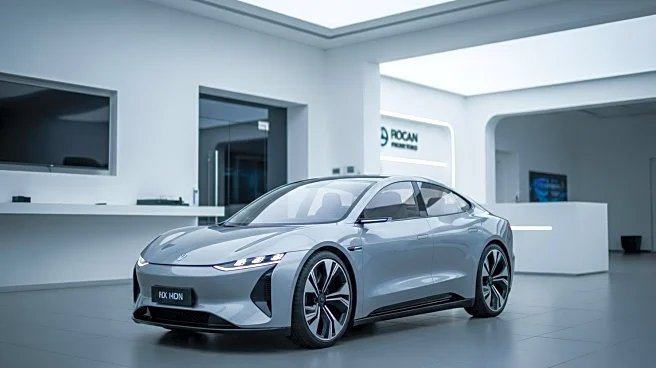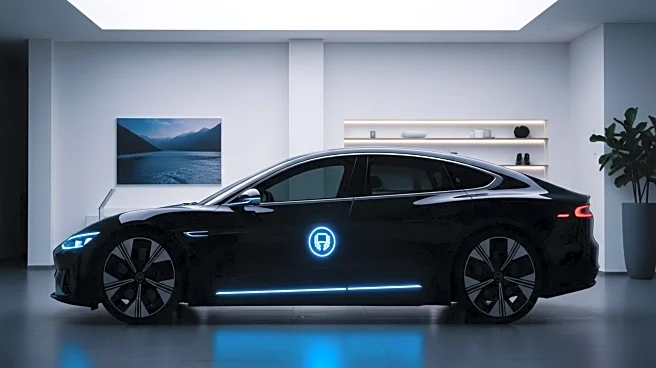What is the story about?
What's Happening?
Tesla has released the Model 3 Standard and Model Y Standard, offering significant improvements in range compared to previous models. The Model 3 Standard now boasts a range of 321 miles, a substantial increase from the 240 miles of the 2019 Model 3 Standard Range Plus. Despite these advancements, the pricing of the new models has sparked debate. The base prices of $37,000 and $40,000 are higher than anticipated, especially given the absence of the $7,500 federal tax credit. This pricing strategy has raised questions about Tesla's ability to penetrate new markets and attract budget-conscious consumers.
Why It's Important?
The increased range of Tesla's new models represents a notable advancement in battery technology, potentially enhancing the appeal of electric vehicles by addressing range anxiety. However, the pricing of these models may limit their accessibility to a broader audience, challenging Tesla's goal of expanding its market share. The absence of federal tax incentives further complicates the situation, as consumers may find better value in used Teslas or alternative EVs like the Nissan LEAF. This development could impact Tesla's sales performance and influence its competitive position in the EV market.
What's Next?
Tesla's pricing strategy may prompt a reassessment of its market approach, potentially leading to further cost reductions or new model introductions. The company will need to navigate consumer expectations and market dynamics to maintain its growth trajectory. Additionally, the broader EV industry may respond with competitive pricing adjustments, influencing consumer choices and market trends. Tesla's ability to adapt to these challenges will be crucial in determining its future success.
Beyond the Headlines
The release of these models highlights the complexities of pricing in the EV industry, where technological advancements must be balanced with affordability. Tesla's decision to maintain higher prices despite improved range may reflect broader economic factors, such as inflation and production costs. This situation underscores the importance of strategic pricing in achieving market penetration and sustaining growth in the competitive EV landscape.
AI Generated Content
Do you find this article useful?


